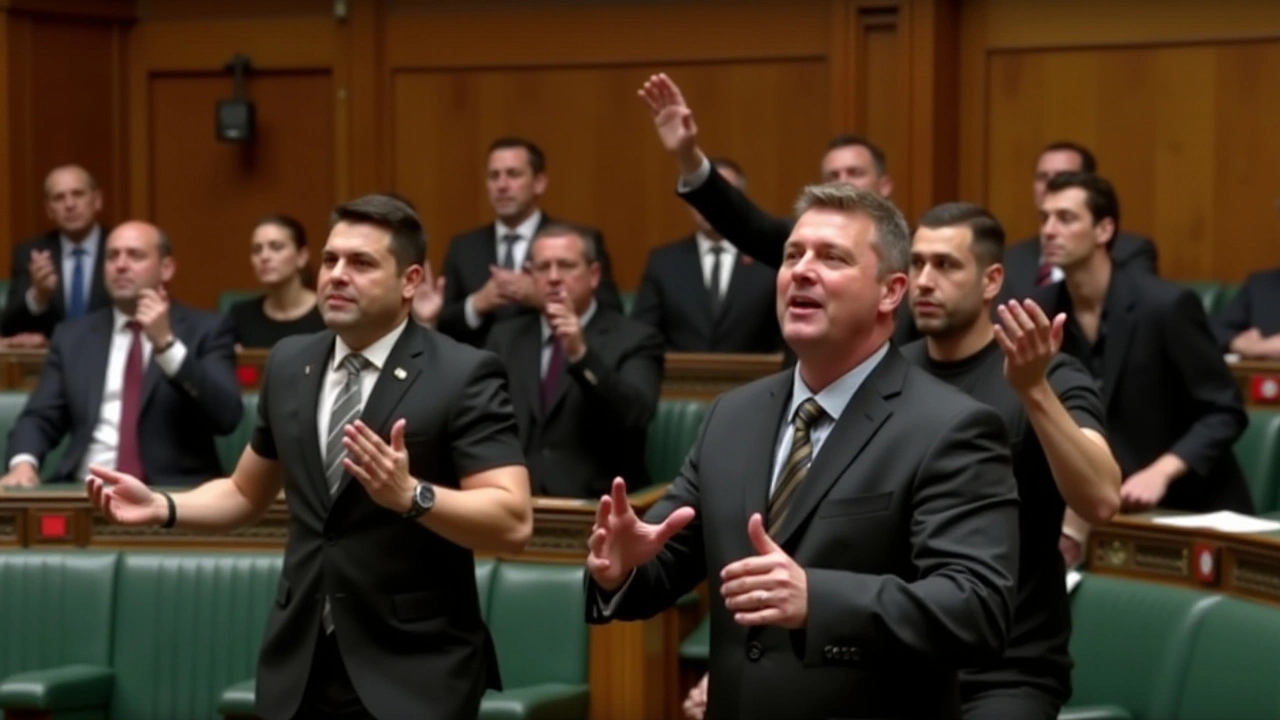Treaty of Waitangi: What You Need to Know
The Treaty of Waitangi is a big deal in New Zealand. Signed back in 1840, it’s an agreement between the British Crown and Maori chiefs. Think of it as the foundation for how the country was set up and how Maori rights are recognized.
But it’s not just history — the Treaty is still shaping New Zealand today. It’s about respect, land rights, and partnerships between the government and Maori communities. Understanding it helps make sense of many current social and political issues.
Why the Treaty Was Made
At the time, the British were keen to protect their settlers and trade interests, while Maori chiefs wanted to keep control of their land and people. The Treaty promised Maori the right to keep their land, gave them the rights of British subjects, and gave the Crown the power to govern.
Sounds straightforward, but the Treaty was written in both English and Maori, with differences in wording that have caused confusion and disputes ever since. This has led to ongoing talks about how the Treaty should work in practice.
How It Affects New Zealand Now
Today, the Treaty of Waitangi guides government decisions, especially on Maori rights and land settlements. There’s a legal process, run by the Waitangi Tribunal, to address historical grievances and offer compensation.
For many New Zealanders, the Treaty represents a commitment to partnership and fairness. It’s a living document that continues to influence laws, education, and community programs. Recognizing and respecting it is key to building a better, more inclusive society.
If you’re curious about New Zealand or indigenous rights, the Treaty of Waitangi is a great place to start. It’s a story of promise, challenges, and ongoing effort to get things right between Maori and the rest of the country.

